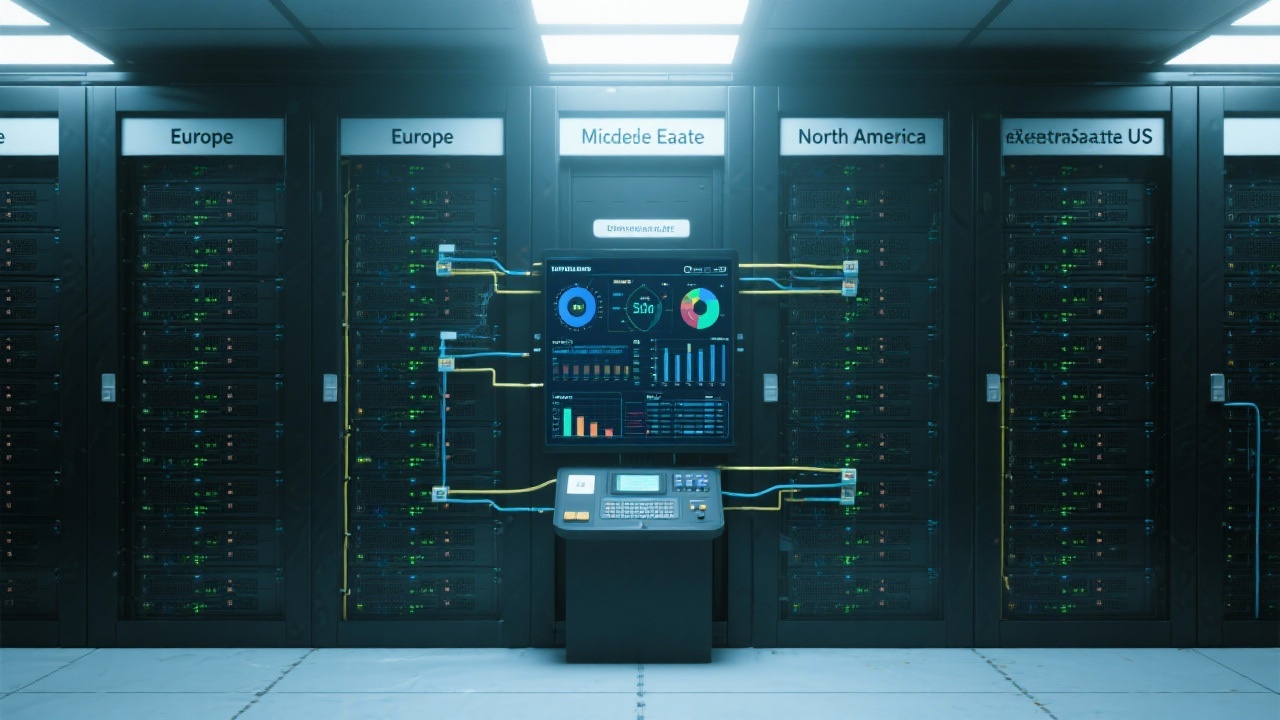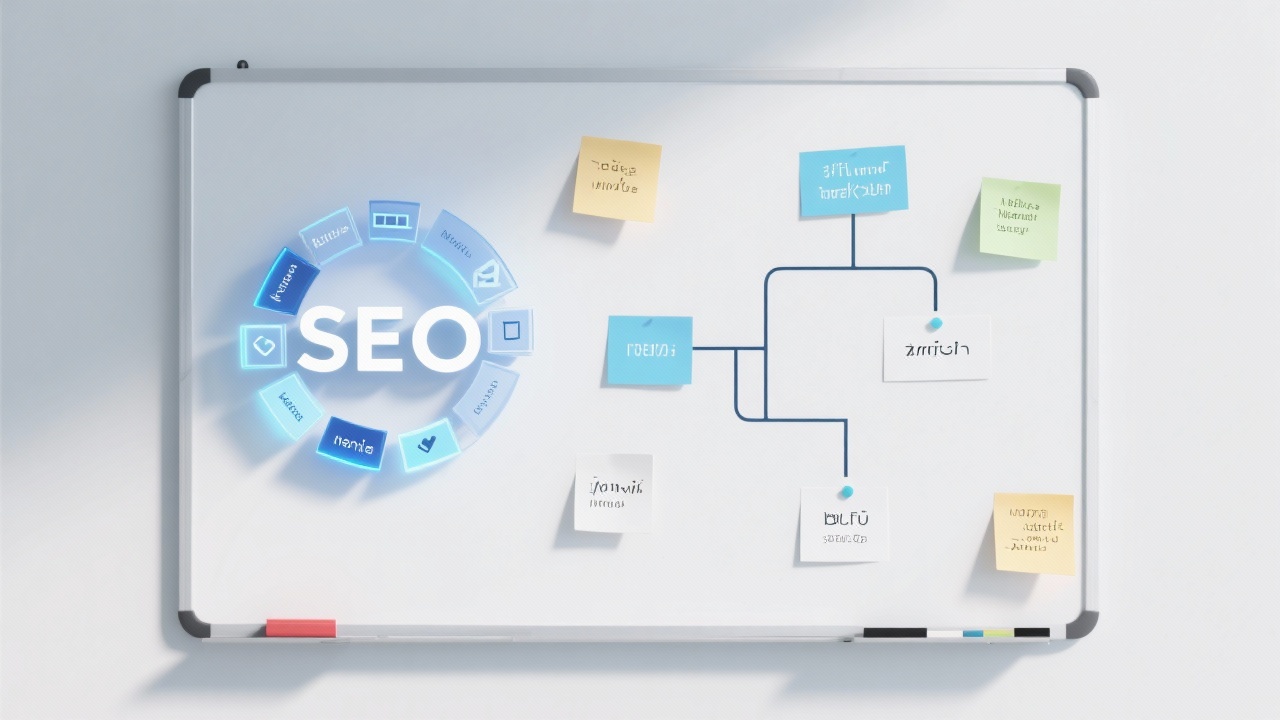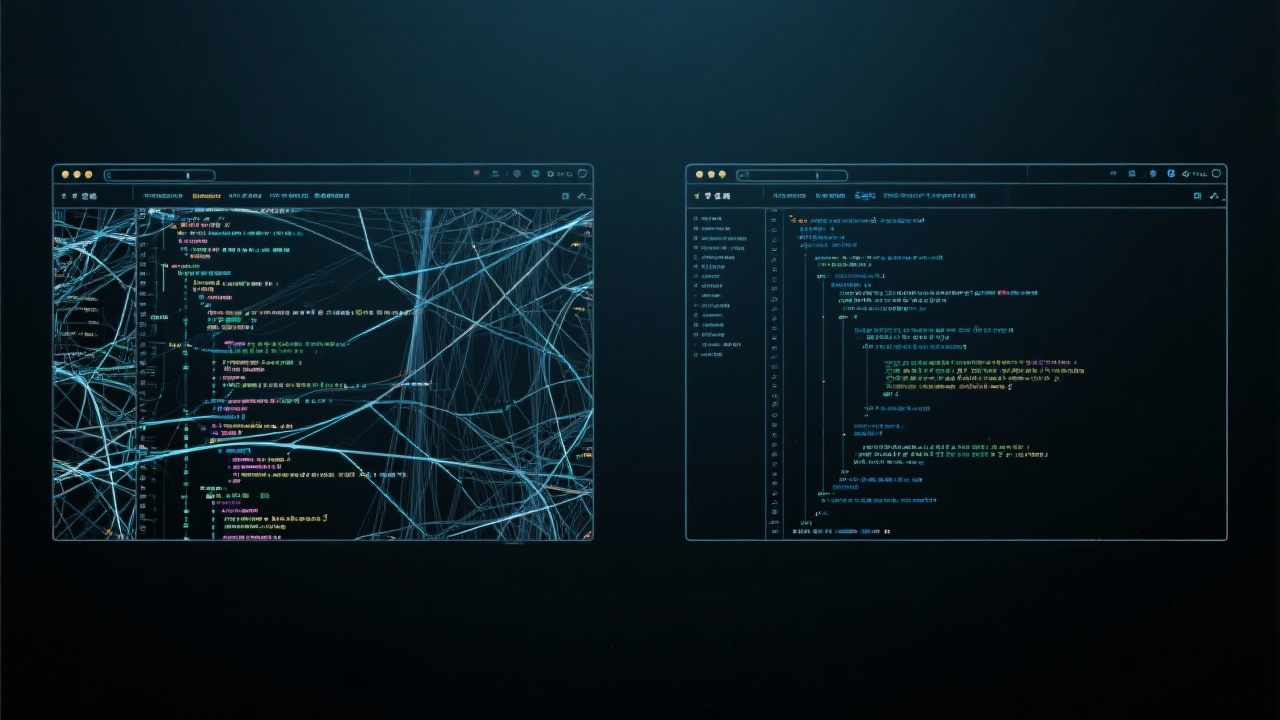
AI has revolutionized the SEO landscape. In traditional SEO, keyword research and optimization were time - consuming and often inaccurate. With AI, it can analyze vast amounts of data in seconds. For example, an AI - powered SEO tool can process over 10,000 keywords within a minute, identifying the most relevant ones for your B2B website. This efficiency not only saves you time but also ensures that your website is targeting the right keywords to attract potential customers. AI can also adapt to dynamic search engine algorithms. Search engines like Google update their algorithms hundreds of times a year. AI - driven SEO can quickly adjust your website's settings to stay in line with these changes, which is crucial for maintaining high rankings.

When it comes to targeting overseas markets, multilingual keyword optimization is essential. The first step is to identify the target languages based on your market research. For instance, if you're targeting European markets, languages like German, French, and Spanish should be on your list. The intelligent recognition system uses machine learning algorithms to understand the semantic meaning of keywords in different languages. It can then deploy these keywords across your website in a natural and strategic way. This process involves analyzing the user intent behind each keyword and placing them in the most appropriate sections of your web pages, such as headings, meta - descriptions, and body content.
TDK tags (Title, Description, and Keywords) are crucial for search engine rankings. An AI - driven intelligent建站 system can automatically generate optimized TDK tags. The title tag should be concise and contain the primary keyword, with a length of around 50 - 60 characters. The meta - description should be engaging and provide a brief summary of the page content, typically around 150 - 160 characters. By automatically generating these tags, the system ensures that they are relevant to the page content and the targeted keywords. Studies show that websites with optimized TDK tags can see a 30% - 50% increase in click - through rates from search results.

Traditional SEO methods rely on manual labor, which is not only time - consuming but also prone to human error. For example, manually researching keywords can take days, and keeping up with algorithm changes is a constant struggle. On the other hand, intelligent SEO powered by AI can automate most of the processes. You can save up to 3 hours a day on SEO tasks, allowing you to focus more on growing your business. In terms of results, traditional SEO may take months to show significant improvements in rankings, while intelligent SEO can start delivering results within weeks.
| Aspect | Traditional SEO | Intelligent SEO |
|---|---|---|
| Time to Research Keywords | Days | Minutes |
| Adaptation to Algorithm Changes | Slow | Fast |
| Time to See Results | Months | Weeks |
Let's look at some real - world examples. A manufacturing company in the automotive parts industry targeted the North American market. By using a multilingual intelligent SEO solution, they saw a 40% increase in organic traffic within three months. In another case, a software company targeting the Asian market improved its Google rankings by 50% in just two months. These case studies prove that intelligent SEO can work across different industries and regional markets.

To replicate the success of these case studies, you should first choose a reliable intelligent建站 system with AI - driven SEO capabilities. Start by conducting a comprehensive market analysis to identify your target languages and keywords. Then, let the system handle the keyword deployment and TDK tag generation. Regularly monitor your website's performance using analytics tools and make adjustments based on the data. Remember, no longer rely on luck for SEO; instead, rely on algorithms to win traffic. Your website may not have adapted to multilingual SEO yet. It's time to take action!
.png?x-oss-process=image/resize,h_100,m_lfit/format,webp)
.png?x-oss-process=image/resize,h_100,m_lfit/format,webp)

.png?x-oss-process=image/resize,h_100,m_lfit/format,webp)
.png?x-oss-process=image/resize,h_100,m_lfit/format,webp)
.png?x-oss-process=image/resize,h_100,m_lfit/format,webp)
.png?x-oss-process=image/resize,h_100,m_lfit/format,webp)
